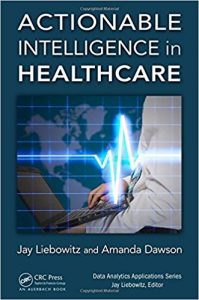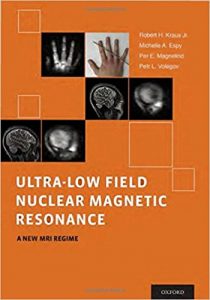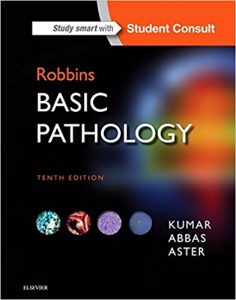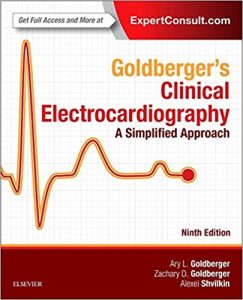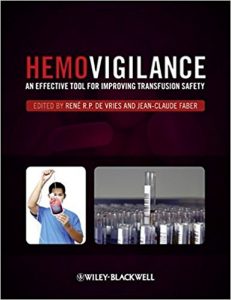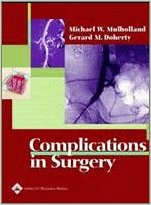BOOST Milk Enhancer

one of the most disappointing moment is when you encounter challenges producing milk .However, there are solutions to help you, which is why we created Boost Milk Enhancer, a natural milk enhancer clinically proven to help increase breast milk production. Many women have experienced an increase as quickly as 24-72 hours. Milk production is a demand & supply process – your baby demands it and you must supply it.
Let Boost Milk Enhancer help you stimulate your body’s natural processes and satisfy your baby naturally. Experience the health and bonding benefits of breastfeeding!
Our milk enhancer contains a blend of herbs specifically designed to help stimulate milk production naturally so that your baby never goes hungry. At Boost, we believe that milk production should come easy and effortless and be natural – and that’s the purpose of our Boost Milk Enhancer.
CLINICALLY PROVEN RESULTS
The primary support for Boost ingredients are the galactagogue properties of silymarin in pregnant females is derived from a clinical trial conducted in Peru. In this placebo-controlled, blinded prospective trial 50 subjects divided into two groups received either a micronized Silymarin at 420 mg per day or placebo. The study was conducted over 63 days; milk 3 production in the control group was significant at both 30 and 60 days. The authors noted “it is interesting to consider not only the quantity of produced milk in terms of absolute value but also in percentage the increase for each mother compared to day 0, which was 64.43% in the treated group and 22.51% in the placebo group.” Milk production at day 63 was 1119.24 grams vs 700.56 grams at day 0, representing an 86% increase in milk production during the trial.










